das Projekt
Mikana
In October 2017, we decided to build an elementary school to serve four remote villages in Zimbabwe. The villages are located approximately 18 miles outside of Guruve, a small town in the northern part of the country. The next school is far away. Especially for the young children the distance is too far to walk.In this region, there is no running water or electricity. The people mainly live from farming, covering their own needs, but the droughts of the past years have made the living conditions more and more difficult. The poverty in this country, for years challenged by political as well as economic uncertainty, continues to rise.
The potential of Zimbabwe lays in its children. Wit a school project, we can make it possible for the children to get the education they deserve. Only with such education, will they be able to recognize and take advantage of opportunities in their lives.

Mikana
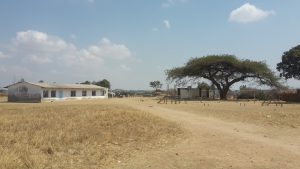
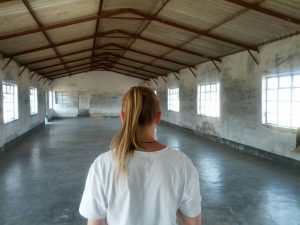
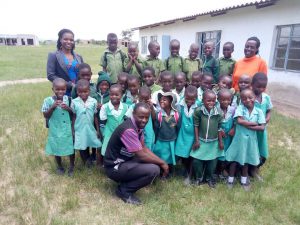
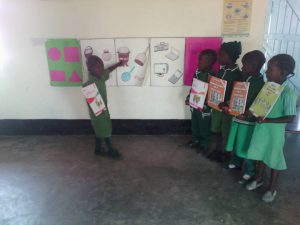
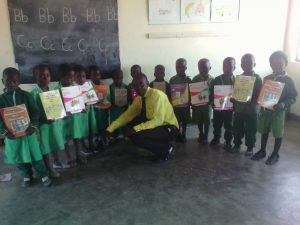
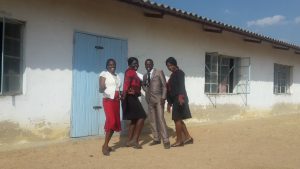
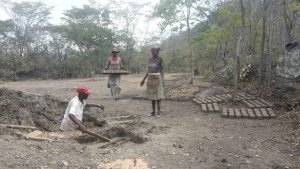
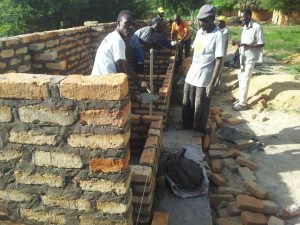
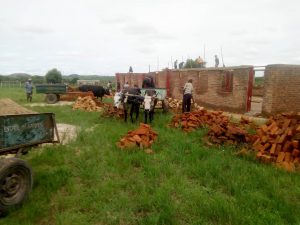

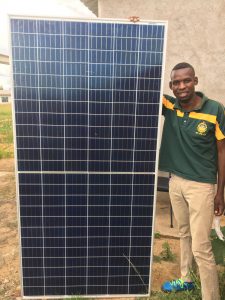
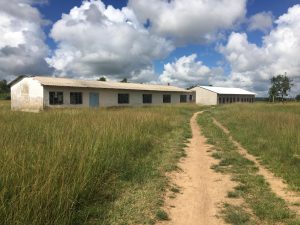

The Manyon’onya infant school opened in January 2018. Today, there are approximately 190 children attending daily, accommodated in three Pre-classes and one 1st grade and 2nd grade class. The goal is to offer education to all infants in the region. But currently, we don‘t have enough space to accommodate all pupils. We are currently focusing on raising funds for additional school buildings and furniture. The bricks are being produced by the villagers.
Mikana
Zimbabwe is practicing the English school system. The Infant school is a Pre-school including first and second grade. The primary school accommodates pupils up to 7th grade. As teenagers, the pupils are changing to secondary school, where they can graduate with various degrees. The parents have to pay tuition fees for their kids.
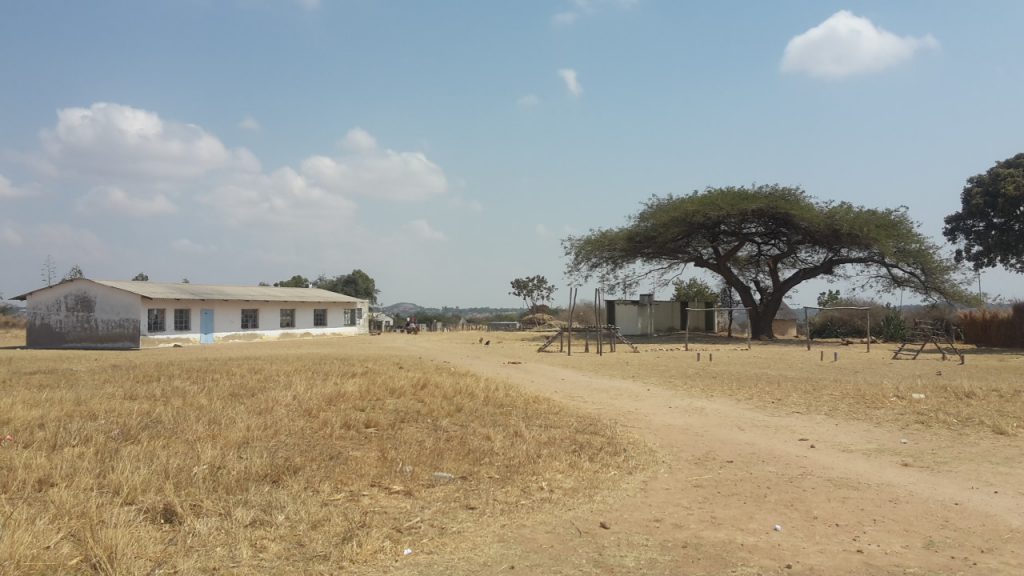
In October 2017, we decided to build an elementary school to serve four remote villages in Zimbabwe. The villages are located approximately 18 miles outside of Guruve, a small town in the northern part of the country. The next school is far away. Especially for the young children the distance is too far to walk.In this region, there is no running water or electricity. The people mainly live from farming, covering their own needs, but the droughts of the past years have made the living conditions more and more difficult. The poverty in this country, for years challenged by political as well as economic uncertainty, continues to rise. The potential of Zimbabwe lays in its children. Wit a school project, we can make it possible for the children to get the education they deserve. Only with such education, will they be able to recognize and take advantage of opportunities in their lives.
In October 2017, we decided to build an elementary school to serve four remote villages in Zimbabwe. The villages are located approximately 18 miles outside of Guruve, a small town in the northern part of the country. The next school is far away. Especially for the young children the distance is too far to walk.In this region, there is no running water or electricity. The people mainly live from farming, covering their own needs, but the droughts of the past years have made the living conditions more and more difficult. The poverty in this country, for years challenged by political as well as economic uncertainty, continues to rise. The potential of Zimbabwe lays in its children. Wit a school project, we can make it possible for the children to get the education they deserve. Only with such education, will they be able to recognize and take advantage of opportunities in their lives.
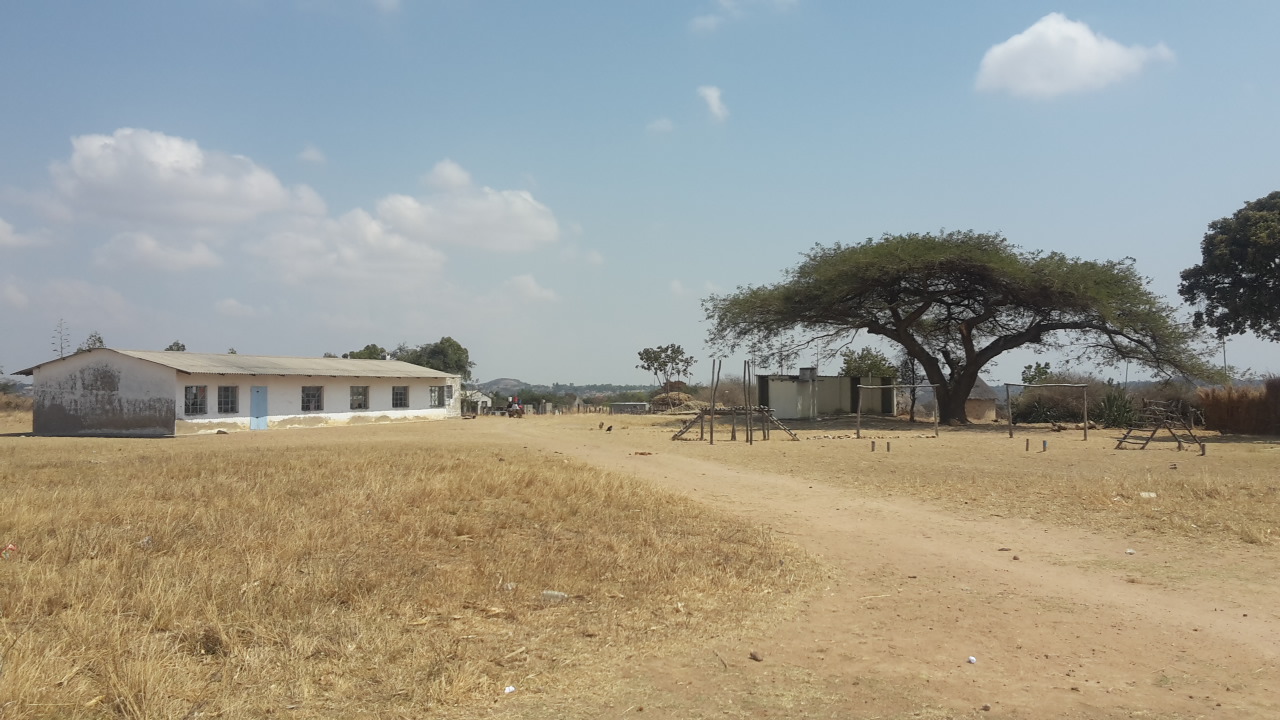
The Manyon’onya infant school opened in January 2018. Today, there are approximately 190 children attending daily, accommodated in three Pre-classes and one 1st grade and 2nd grade class. The goal is to offer education to all infants in the region. But currently, we don‘t have enough space to accommodate all pupils. We are currently focusing on raising funds for additional school buildings and furniture. The bricks are being produced by the villagers.
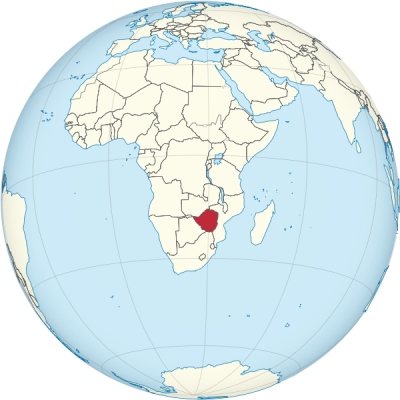
The Manyon’onya infant school opened in January 2018. Today, there are approximately 190 children attending daily, accommodated in three Pre-classes and one 1st grade and 2nd grade class. The goal is to offer education to all infants in the region. But currently, we don‘t have enough space to accommodate all pupils. We are currently focusing on raising funds for additional school buildings and furniture. The bricks are being produced by the villagers.

Zimbabwe is practicing the English school system. The Infant school is a Pre-school including first and second grade. The primary school accommodates pupils up to 7th grade. As teenagers, the pupils are changing to secondary school, where they can graduate with various degrees. The parents have to pay tuition fees for their kids.
Zimbabwe is practicing the English school system. The Infant school is a Pre-school including first and second grade. The primary school accommodates pupils up to 7th grade. As teenagers, the pupils are changing to secondary school, where they can graduate with various degrees. The parents have to pay tuition fees for their kids.
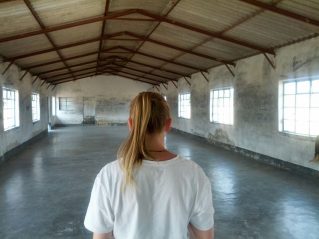

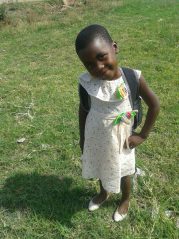
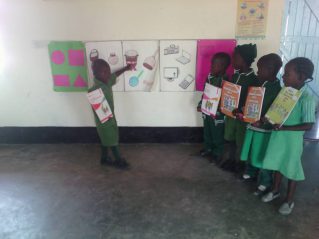
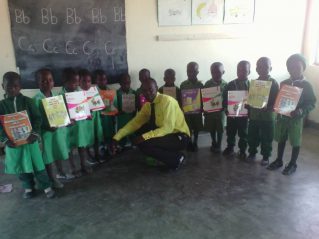



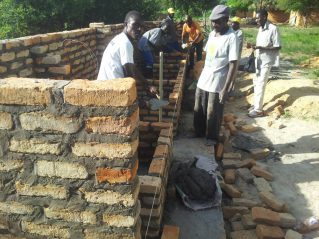
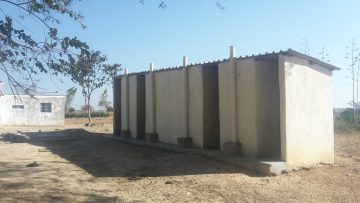
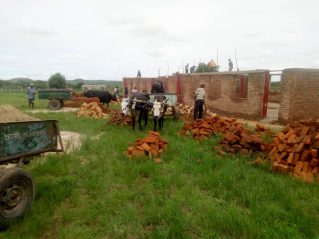

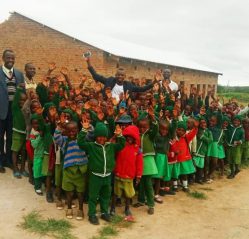

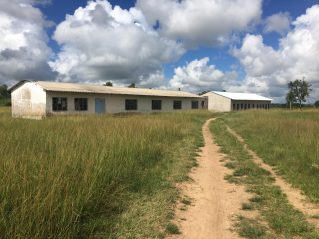
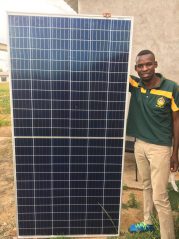

Mikana e.V. Stephanstraße 18 25980 Westerland auf Sylt Email: kontakt@mikana-info.org
Sylter Bank IBAN: DE46 2179 1805 0000 1640 03 BIC: GENODEF1SYL
Mikana e.V. Stephanstraße 18 25980 Westerland auf Sylt Email: kontakt@mikana-info.org
Sylter Bank IBAN: DE46 2179 1805 0000 1640 03
Mikana e.V. Stephanstraße 18 25980 Westerland auf Sylt
Email: kontakt@mikana-info.org
Sylter Bank IBAN: DE46 2179 1805 0000 1640 03
Sie können uns auch auf Whatsapp schreiben!